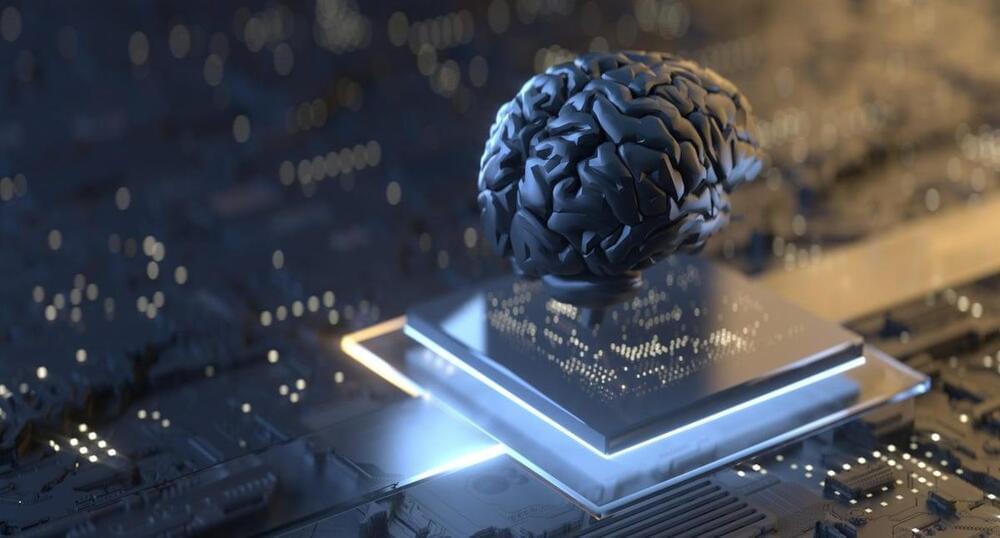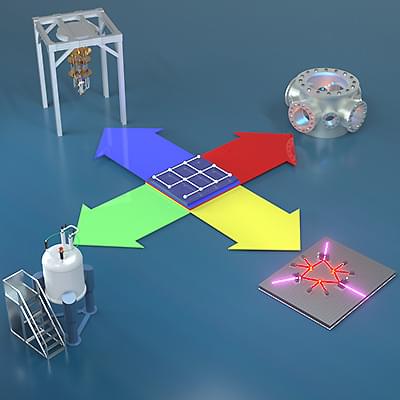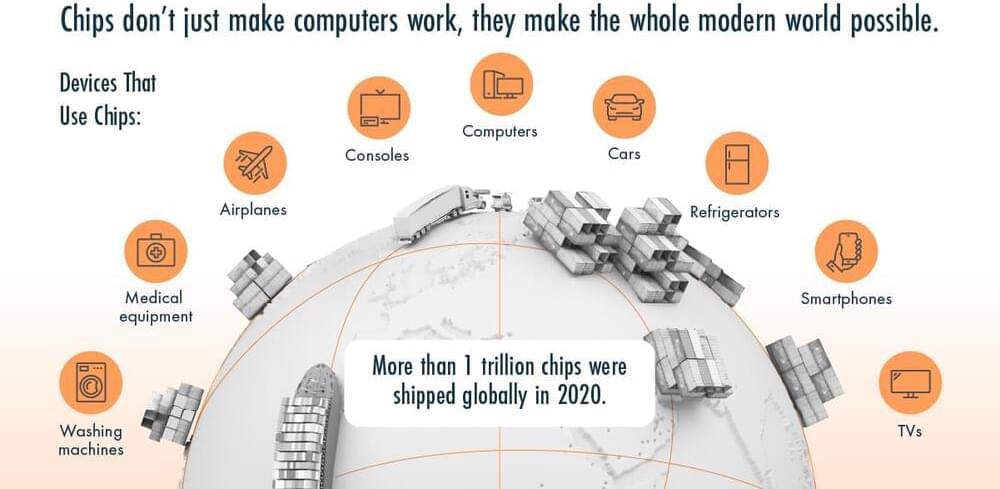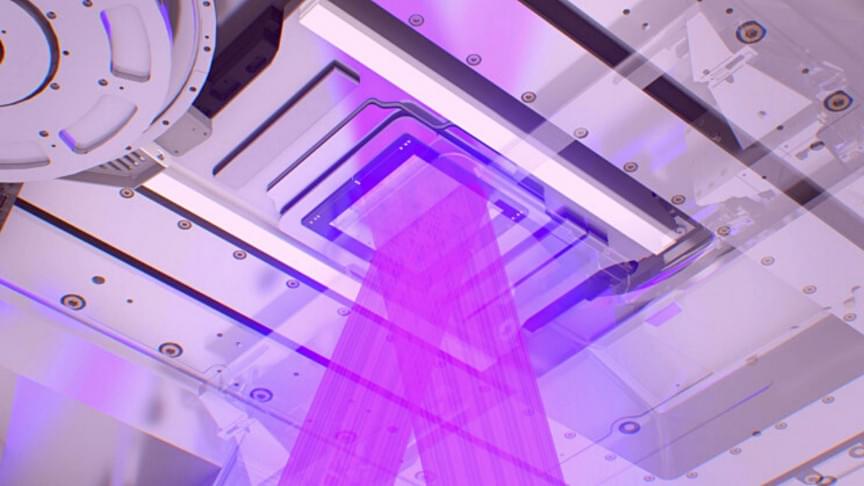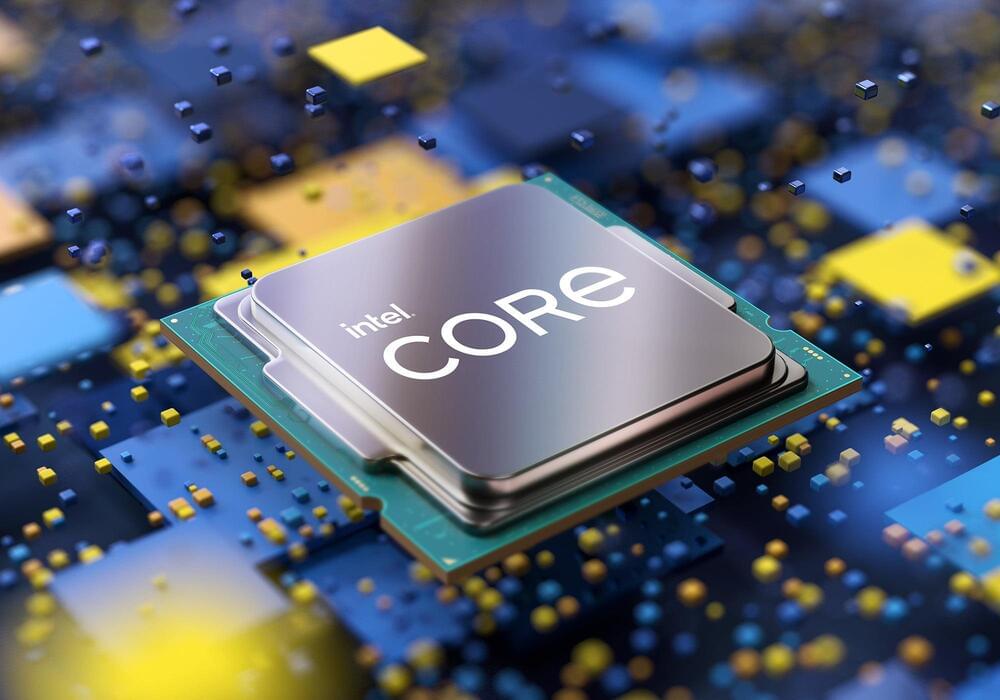Sam Zeloof, 21 builds homemade semiconductors in his family’s garage in Flemington, N.J. (In his latest video, Zeloof refers to it casually as his “garage fab.”) The Carnegie Mellon University student has been doing it since high school, becoming a truly inspiring example of just how far a do-it-yourself spirit can take you.
And best of all, he’s documented it all in detailed blog posts and nearly 50 videos uploaded to YouTube, sharing what he’s learned for others who might follow in his footsteps.
“I hope that my success will inspire others,” Zeloof writes in an early blog post, “and help start a revolution in home chip fabrication. Let’s democratize the tools of innovation.”
